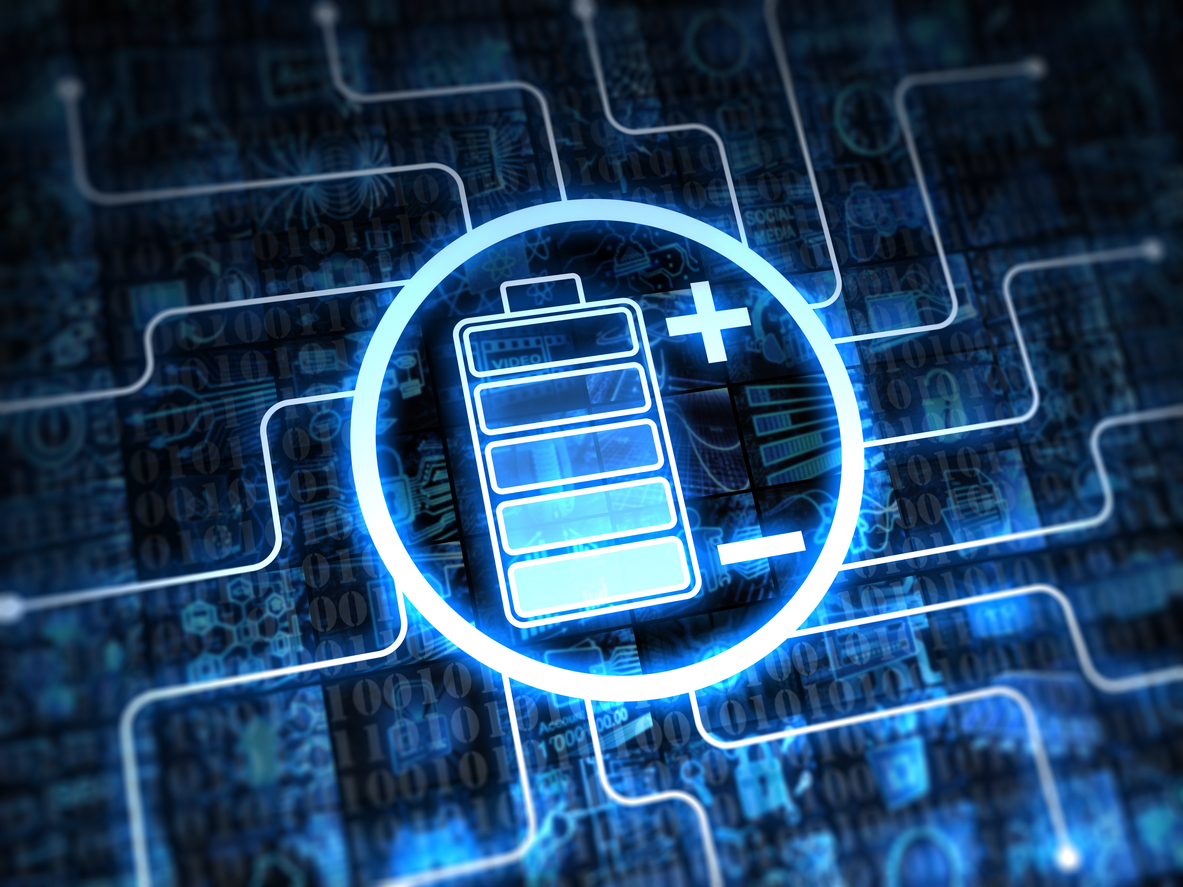Researchers have created a way to look inside fuel cells to see the chemical processes that lead them to breakdown.
Fuel cells could someday generate electricity for nearly any device that’s battery-powered, including automobiles, laptops, and cellphones. Typically using hydrogen as fuel and air as an oxidant, fuel cells are cleaner than internal combustion engines because they produce power via electrochemical reactions. Since water is their primary product, they considerably reduce pollution.
The oxidation, or breakdown, of a fuel cell’s central electrolyte membrane can shorten their lifespan. The process leads to formation of holes in the membrane and can ultimately cause a chemical short circuit. Engineers created the new technique to examine the rate at which this oxidation occurs with hopes of finding out how to make fuel cells last longer.
Using fluorescence spectroscopy inside the fuel cell, they are able to probe the formation of the chemicals responsible for the oxidation, namely free radicals, during operation. The technique could be a game changer when it comes to understanding how the cells break down, and designing mitigation strategies that would extend the fuel cell’s lifetime.
“If you buy a device—a car, a cell phone—you want it to last as long as possible,” says Vijay Ramani, professor of environment & energy at the School of Engineering & Applied Science at Washington University in St. Louis.
(more…)


 A new kind of lithium sulfur battery could be more efficient, less expensive, and safer than currently available lithium batteries.
A new kind of lithium sulfur battery could be more efficient, less expensive, and safer than currently available lithium batteries. A new sodium-based battery can store the same amount of energy as a state-of-the-art lithium ion at a substantially lower cost.
A new sodium-based battery can store the same amount of energy as a state-of-the-art lithium ion at a substantially lower cost. A closer look at catalysts is giving researchers a better sense of how these atom-thick materials produce hydrogen.
A closer look at catalysts is giving researchers a better sense of how these atom-thick materials produce hydrogen. Engineers working to make solar cells more cost effective ended up finding a method for making sonar-like collision avoidance systems in self-driving cars.
Engineers working to make solar cells more cost effective ended up finding a method for making sonar-like collision avoidance systems in self-driving cars. Just a few months ago, business magnate Elon Musk announced that he would spearhead an effort to build the
Just a few months ago, business magnate Elon Musk announced that he would spearhead an effort to build the  Lithium batteries made with asphalt could charge 10 to 20 times faster than the commercial lithium-ion batteries currently available.
Lithium batteries made with asphalt could charge 10 to 20 times faster than the commercial lithium-ion batteries currently available.